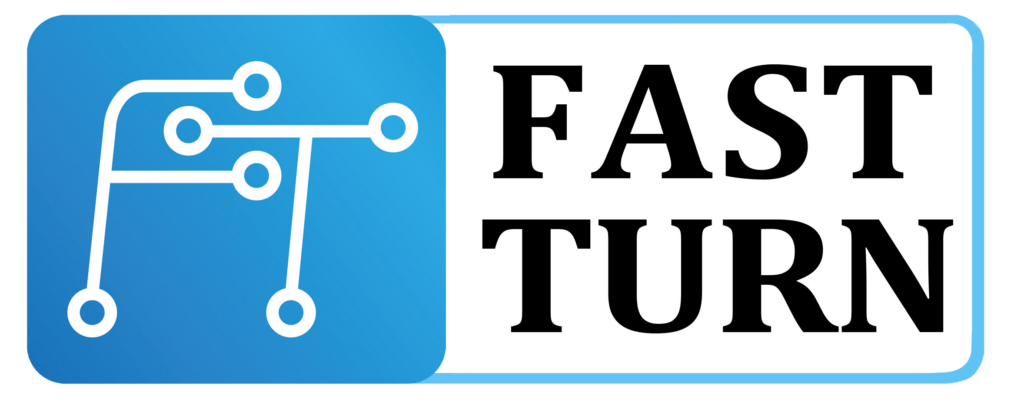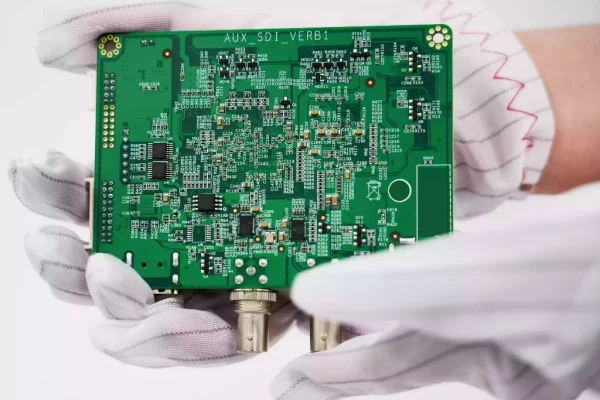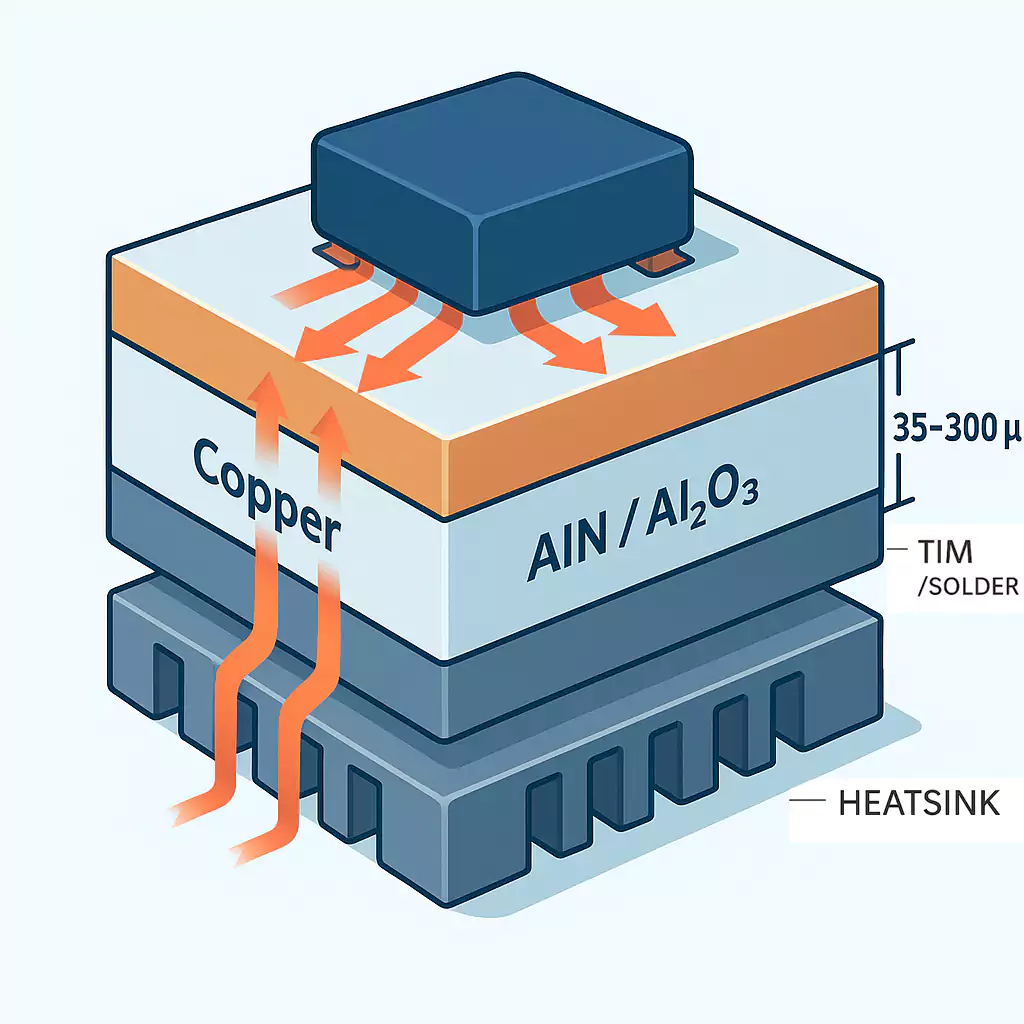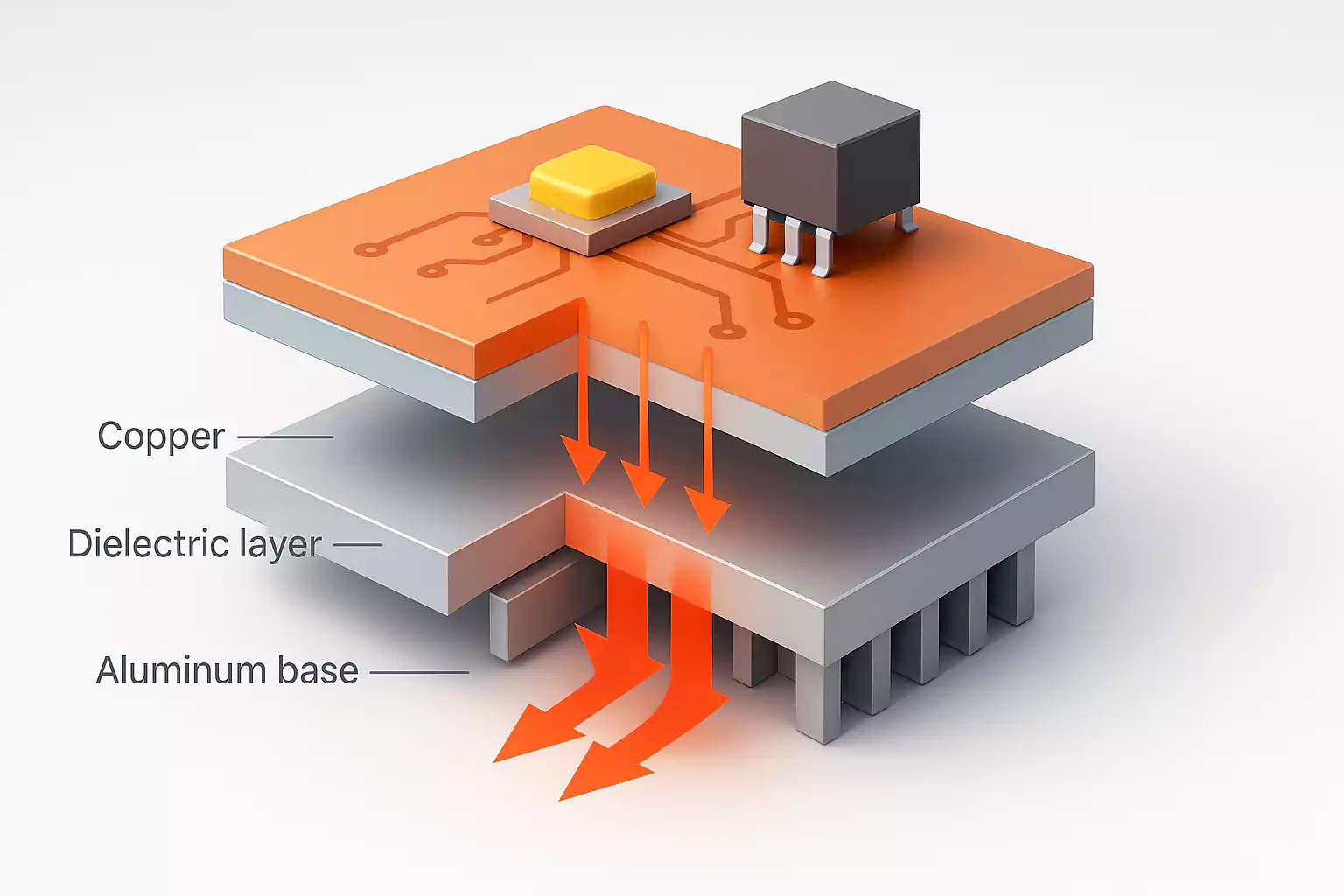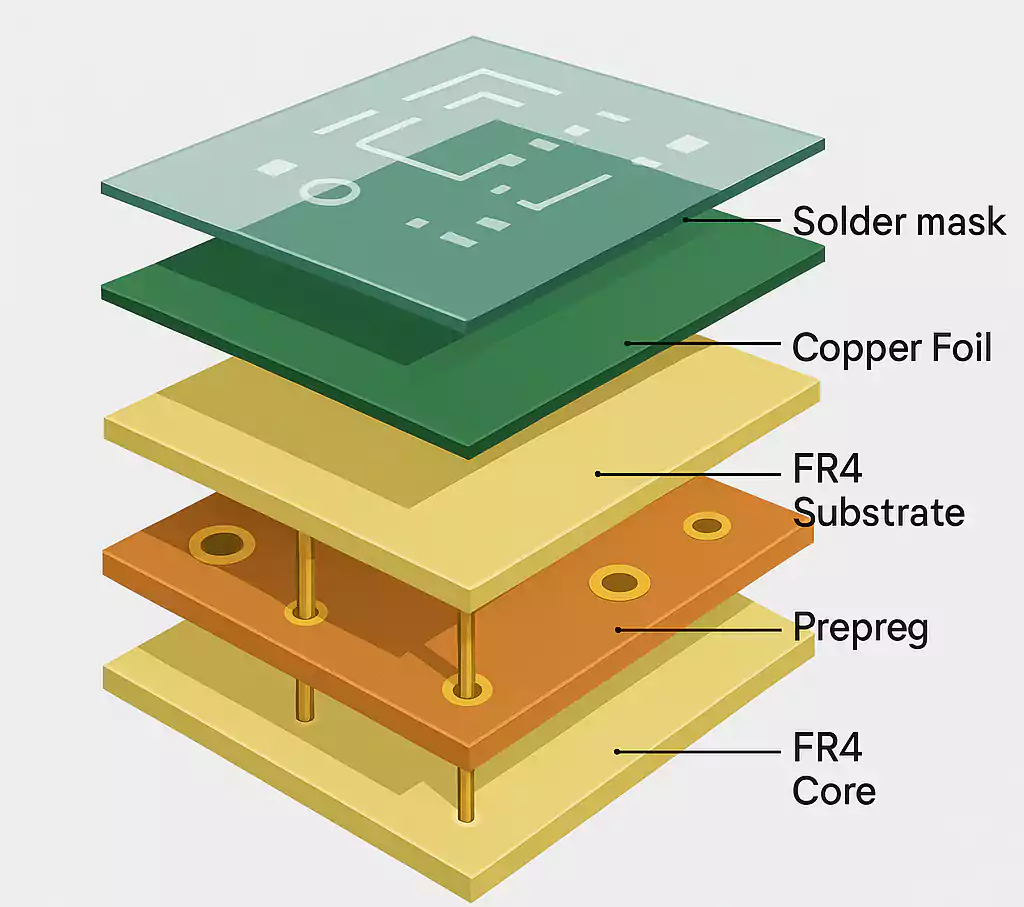Introduction
Managing PCB production through multiple vendors often results in delays, miscommunication, and quality issues—especially under tight deadlines. For engineers, startups, and OEMs, a single-source solution can simplify the process and accelerate delivery.
That's where turnkey PCB assembly offers real value. In this article, we'll explore how it works, its key advantages, and when it’s the smartest choice for your project
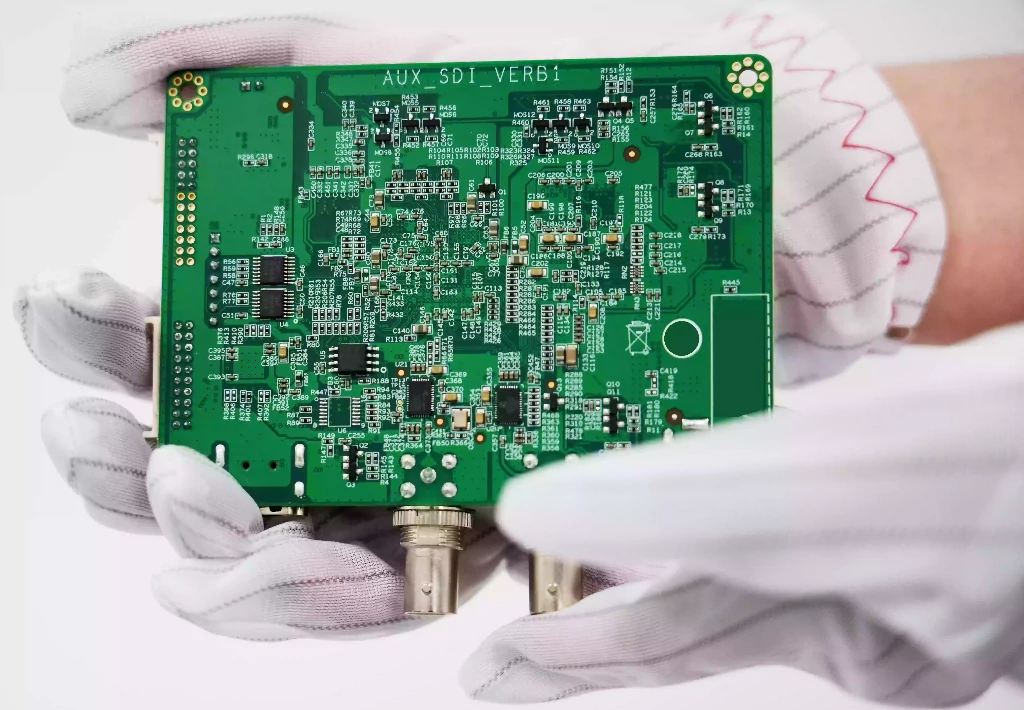
What is Turnkey PCB Assembly?
Turnkey PCB assembly refers to a full-service electronics manufacturing process in which a single provider handles all stages of printed circuit board production—from sourcing components and fabricating the PCB to assembling, inspecting, and delivering the final product.
There are typically three types of turnkey services:
- Full Turnkey: The supplier manages everything—including procurement of all components and materials.
- Partial Turnkey: The customer provides some parts or PCBs, while the supplier handles the rest.
- Kitted or Consigned: The customer supplies all materials, and the supplier focuses only on assembly.
| Feature | Turnkey | Partial Turnkey |
|---|---|---|
| PCB Fabrication | Provided by supplier | Provided by supplier |
| Component Sourcing | Fully handled by supplier | Partially customer-supplied |
| Assembly Services | Full assembly included | Full assembly included |
| Testing & QC | Included (AOI, X-ray, FCT, etc.) | Optional, depends on arrangement |
| Client Involvement | Minimal (hands-off) | Higher (coordinate parts delivery) |
| Ideal For | Startups, fast prototyping, low ops | Clients with stock/components in hand |
| Lead Time | Faster overall | Slightly delayed (waiting for parts) |
At Fast Turn PCBs, the turnkey process is engineering-driven, with DFM checks, component sourcing from authorized distributors, and assembly of complex boards—including 01005, BGA, and QFN. In-house SMT, through-hole, and mixed-tech capabilities ensure fast, consistent delivery from prototype to production.
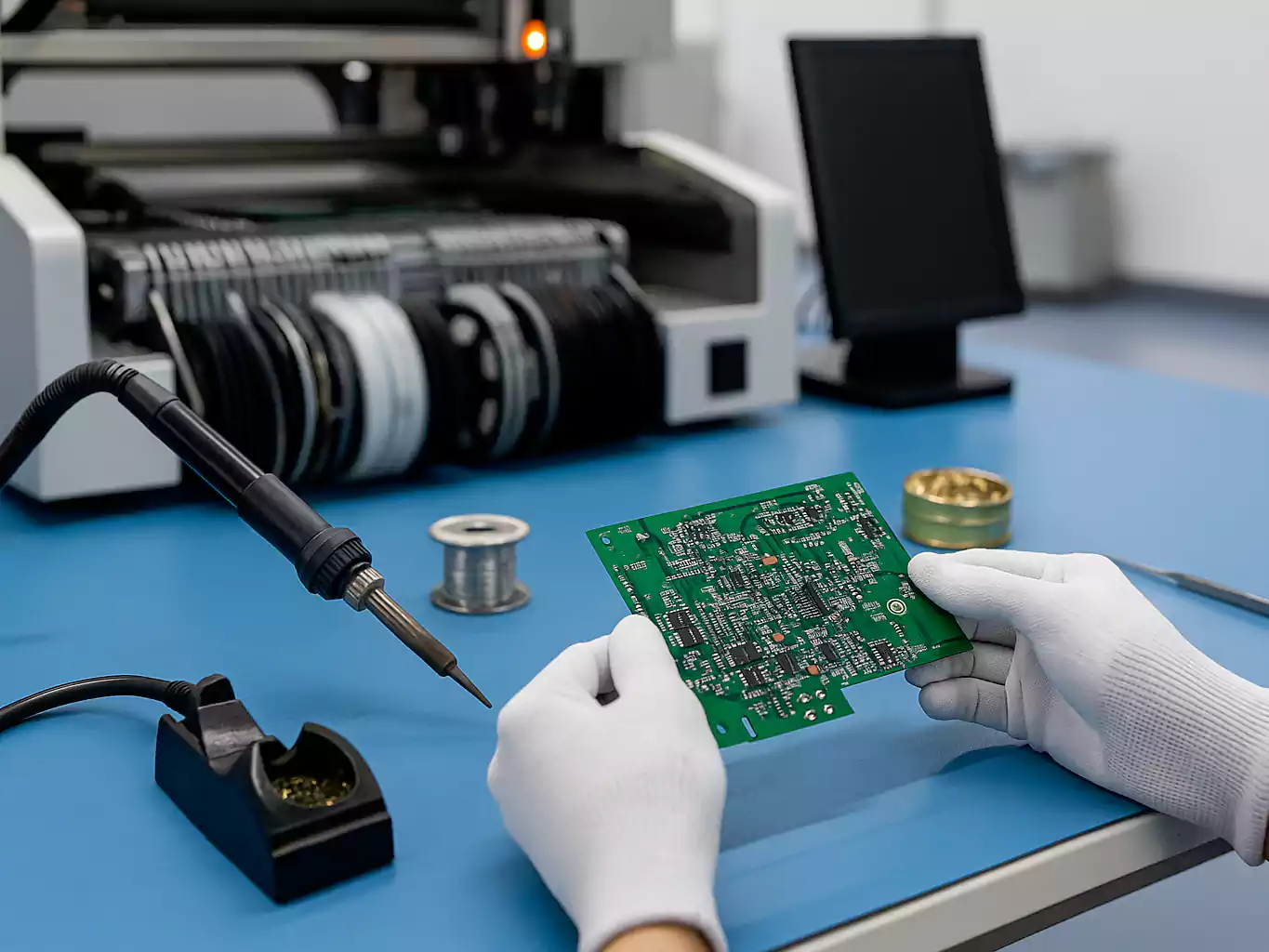
Key Benefits of Turnkey Services
Choosing turnkey PCB assembly offers several advantages that can significantly improve efficiency, reduce overhead, and enhance product quality. Here are the key benefits:
1. Faster Time-to-Market
With all steps handled by a single provider, you avoid delays caused by managing multiple vendors. At Fast Turn PCBs, for example, prototype assembly can be completed in as little as 3–7 working days, and in-stock component assemblies can be delivered within 72 hours. This speed is crucial for rapid prototyping and time-sensitive projects.
2. Simplified Supply Chain Management
Turnkey services eliminate the need to coordinate between PCB manufacturers, component distributors, and assembly houses. You submit your files once—such as Gerber, BOM, and pick-and-place data—and the rest is managed for you, reducing communication overhead and potential errors.
3. Improved Quality and Consistency
A single source has full visibility and control over every stage of the process. This allows for better quality assurance through AOI, X-ray inspection, and functional testing, all under IPC Class 2 or Class 3 standards. With fewer handoffs, there’s less risk of misalignment or design misinterpretation.
4. Reliable Component Sourcing
Turnkey providers typically source components through authorized distributors, ensuring traceability, authenticity, and compliance with industry standards. At Fast Turn, every component is procured with full certification to avoid counterfeit parts and supply chain risks.
5. Support for Complex and High-Precision Builds
Modern turnkey assembly supports fine-pitch components (e.g., 01005, BGA, QFN, LGA) and various board types, including rigid, flex, and rigid-flex PCBs. This enables greater flexibility for advanced designs and high-density assemblies.
When Should You Choose Turnkey Assembly?
Turnkey PCB assembly is ideal when speed, simplicity, and reliability are priorities. Here are the most common scenarios where a turnkey approach delivers the most value:
Tight Deadlines or Scaling Needs: When time-to-market is critical or you're transitioning from prototype to production, turnkey services ensure a smoother, faster ramp-up.
Rapid Prototyping: If you're developing a new product or iterating quickly, turnkey assembly shortens lead times by consolidating PCB fabrication, component sourcing, and assembly under one provider. This helps you get functional boards in hand faster.
Small to Medium Production Runs: For low-volume or pilot production, managing logistics across multiple vendors often adds unnecessary complexity. Turnkey services eliminate that burden, making them perfect for startups or early-stage products.
Limited Internal Resources: If your team lacks the bandwidth or supply chain expertise to manage component procurement or contract manufacturing, a turnkey partner takes care of everything—so you can focus on product design and innovation.

How the Turnkey Process Works?
- Submit Design Files
Provide Gerber files and a bill of materials (BOM).
- Engineering Review
The manufacturer checks your design for manufacturability (DFM) and confirms BOM availability.
- PCB Fabrication & Component Sourcing
PCBs are produced, and components are sourced from authorized suppliers to ensure quality and traceability.
- Assembly & Inspection
Surface-mount and through-hole components are assembled using automated lines. Quality is verified through AOI, X-ray, ICT, and FCT.
- Packaging & Delivery
Completed boards are packed and shipped. Fast Turn offers delivery in as little as 3–7 days for prototypes.
Conclusion
Turnkey PCB assembly consolidates fabrication, sourcing, and assembly into a single service—reducing lead times, improving quality, and minimizing coordination efforts. Whether you require full or partial turnkey support, this approach offers the flexibility and efficiency needed for rapid prototyping and small- to mid-scale production.
If you have any questions about turnkey PCB assembly, contact us at Fast Turn PCB. We’re here to help.

